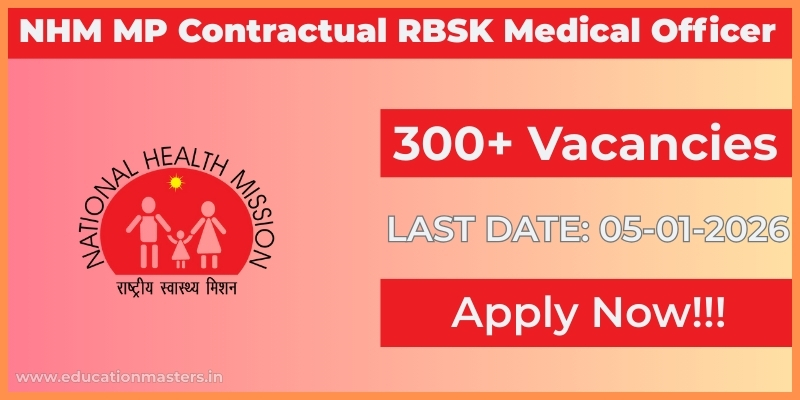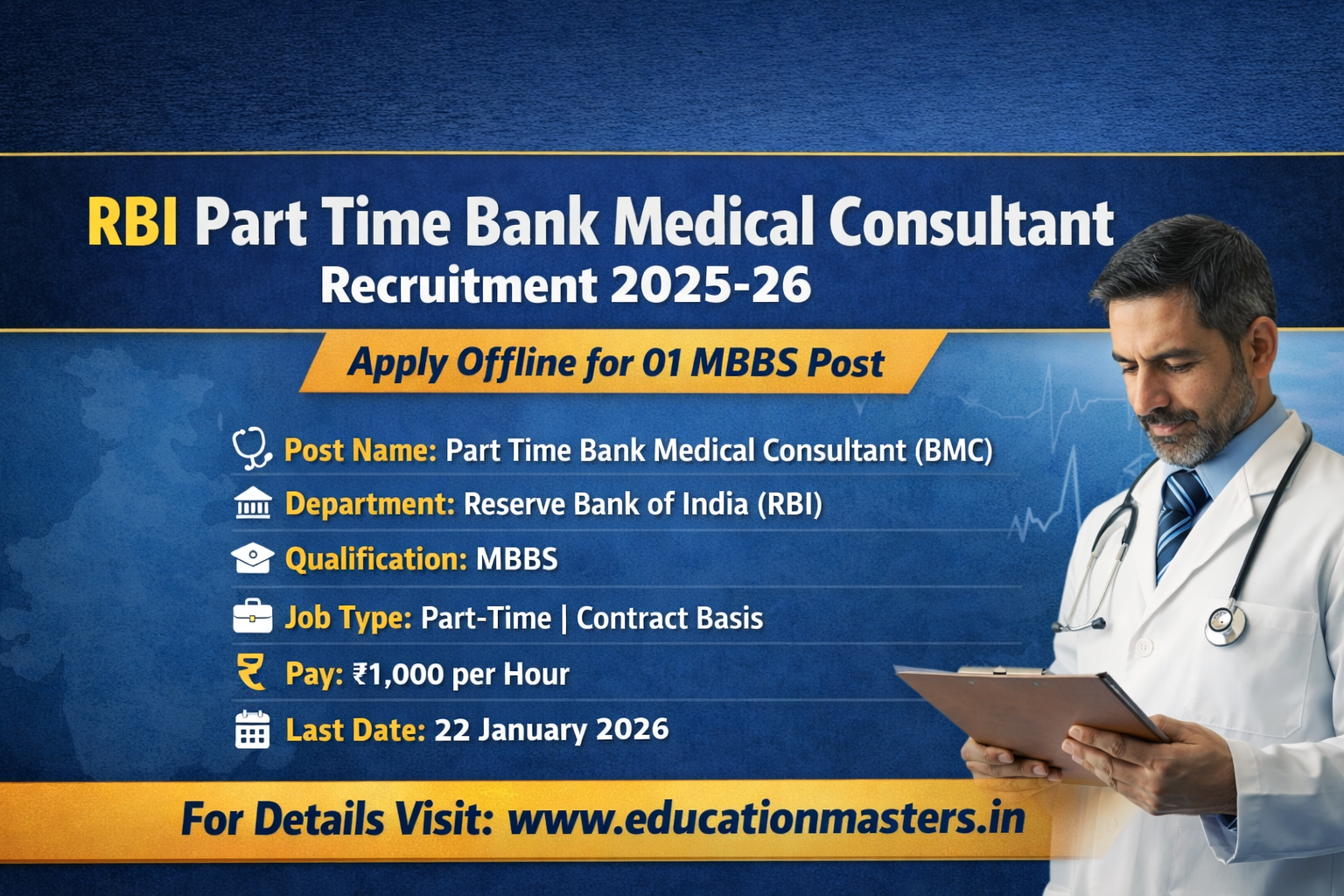Statewise Prepration
Govt. Examwise MCQ
775 MCQ Questions in english हिन्दी
Which letter comes in place of question mark in this sequence: C, E, G, I, ?
Each letter is skipping one in the alphabet: C (+2) E (+2) G (+2) I (+2) → next is K.
Which number replaces the question mark? 9, 18, 36, ?, 144
Each number is multiplied by 2: 9×2 = 18, 18×2 = 36, 36×2 = 72, 72×2 = 144. So the missing number is 72.
Rearrange the letters: RTAF to form a meaningful word.
Explanation: The correct meaningful word formed from RTAF is RAFT, which is a small flat boat. All other options are meaningless or not actual English words.
What comes next in the series: 0, 3, 8, 15, 24, ?
Answer: D. 35 Explanation: This is a series of n² - 1: 1² - 1 = 0 2² - 1 = 3 3² - 1 = 8 4² - 1 = 15 5² - 1 = 24 6² - 1 = 35 → Answer is 35
Find the next term: 2A, 4C, 6E, 8G, ?
Numbers increase by 2: 2, 4, 6, 8 → next is 10. Letters: A, C, E, G → skip 1 each time (A + 2 = C, +2 = E...) → next is I.
Statements: All pens are books. Some books are chairs. Conclusions: I. Some pens are chairs. II. All books are pens.
From the statements, we cannot deduce that some pens are chairs or that all books are pens. Both conclusions go beyond the given statements.
Find the odd one out: 36, 49, 64, 81, 90
All numbers except 90 are perfect squares: 6² = 36, 7² = 49, 8² = 64, 9² = 81. 90 is not a perfect square, hence the odd one.
What is the default file extension of MS Word 2016 documents?
Since Word 2007, the default extension is .docx (XML-based).
When goods are sold on credit, it affects:
Credit Sale: Debtors (Dr), Sales (Cr)
Ledger is a book of:
Journal is the book of original entry, ledger is the book of final entry.
What is Bookkeeping?
Bookkeeping is basic accounting — recording daily transactions.
Depreciation is charged on:
It’s charged on tangible fixed assets like machinery, vehicles.
. Which document is used for auditing?
Voucher acts as proof of transaction during audit.
Petty cash is used for:
Petty cash is kept for routine small expenses like tea, stationery, etc.
The abbreviation 'Dr.' stands for:
Dr.' = Debit, used in ledger entries.
Which statement shows the financial position of a firm?
Balance sheet shows assets, liabilities, and capital at a specific date.
The balance of Capital account is usually:
Capital is the owner’s investment, so it has a credit balance.
Which document acts as evidence of a business transaction?
Voucher is proof of a financial transaction (like bill, receipt).
Closing stock appears in:
It’s shown on the asset side of the balance sheet.
Which book is known as the original book of entry?
All business transactions are first recorded in the journal.
. Financial year in India starts on:
The Indian financial year is from 1 April to 31 March.
Which account is affected in a ‘Cash Sale’?
Cash increases (Dr), Sales increases (Cr).
Double-entry accounting means:
Every transaction affects at least two accounts – debit and credit.
What is the basic accounting equation?
The accounting equation forms the foundation of the double-entry system.
Which index measures wholesale inflation in India?
WPI = Wholesale Price Index. It tracks prices of goods at the wholesale level.
. The Planning Commission was replaced by:
NITI Aayog was formed in 2015 as a policy think-tank replacing Planning Commission.
In which sector does agriculture belong?
The primary sector includes farming, fishing, mining — natural resources.
. Which tax is considered an indirect tax?
GST is an indirect tax levied on goods and services, paid by consumers.







